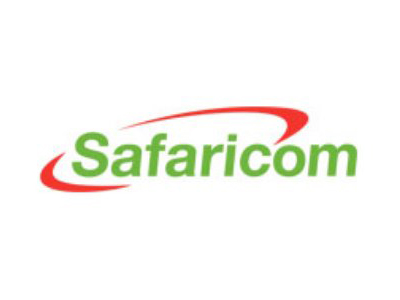
Photo: MSF
By Médecins Sans Frontières
As a project manager for MSF (Médecins Sans Frontières/Doctors Without Borders), a medical emergency humanitarian agency, I attended this year’s South by Southwest (SXSW) festival in Austin, Texas, in the company of a friend and collaborator from Google who is involved in crisis mapping. We gave a presentation on some mapping work we had done together, and inevitably we discussed the differences and similarities in our geek (high-technology) and primitive fieldworker (humanitarian) cultures.
The two cultures are, on the face of it, rather distinct.
Geeks live in highly connected environments, usually urban, surrounded by technological infrastructure straight from the most outrageous science fiction of decades past. They inhabit an intellectual world of abstractions: math, code, logic, creativity, and business; while their physical existence is supported by a seamless layer of luxury and connectivity. The food, and the coffee, is good.
Humanitarian fieldworkers live a variety of environments from luxury hotels or palatial mansions to mud huts or tents, with variable connectivity, but almost always with constraints. Even in the most modern of African or South Asian capitals the technological infrastructure is often wobbly; there may be high-speed internet but it usually features random periods of downtime. In the mud hut scenario, internet and telephone use generally involves a satellite rig, great expense, and substantial cursing at the fiddly configurations and on-again-off-again unreliability. Our lives are never far abstracted from the constant effort required to enable working conditions, and the intensely pragmatic work of solving immediate problems. That patient is in danger of dying NOW, that refugee camp needs clean water NOW, and if we don’t get the car fixed in the next few hours we’ll be spending the night by the riverbank eating dry emergency ration biscuits. Most of us have at one time or another shared a single broken-down laptop with several people, a leaky thatched roof over a mud floor, and a plate of sandy, oily rice that is as good as we’re going to get for dinner.
Despite these disparate viewpoints (abstraction vs. immediate physical pragmatism) and differing ecological niches (urban café vs. mud hut) there is an unexpected similarity; primitive fieldworkers and geeks share a culture of problem-solving. Nothing makes a geek happier than a tough problem that gets all the neurons firing, and nothing makes a fieldworker happier than a serious emergency that gets the adrenaline flowing (if that sounds callous, in our defence it’s not the suffering that we enjoy, but the chance to make a real difference with our work).
At SXSW we had the chance to share that cultural crossover with a broad audience of geeks, fieldworkers, and an assortment of others, all of whom shared an interest in the intersection of humanitarian work and technology.
My main take-home message was: we are not alone.
We humanitarians tend to take pride in our ability to deal with problems by stretching our ingenuity and using only what is available in the field. My friend from Google was astounded at what we do with spreadsheets, saying “I didn’t think that this could be done without software coding capacity”. We use spreadsheets as databases, stock management systems, maps, payroll systems, and sketchpads. This is, perhaps a strength but I am beginning to realize that we take it too far. There is an enormous community out there in the world, with increasingly robust electronic links to even the most remote field locations, who can help us. Open source code can be written to address problems that we would normally tackle with tortuous repurposing of spreadsheets; there are incredibly talented programmers delighted to donate their efforts, especially to interesting problems. Informal slums can be mapped by volunteers, either people who once lived in the country or even by people who have never been there simply hand-tracing satellite imagery. The astounding success of the Ushahidi project (follow the link to read about an open-source crisis mapping project that started in Kenya to assist people during electoral violence and has since been used around the world, including Washington DC, to map emergencies) shows the power of crowdsourcing or distributed voluntarism to assist people in crisis.
Humanitarians need tools and information, particularly during crises. The tech world is bursting with possibilities to provide just that, often free of charge and with an astonishing level of professionalism. I hope that this meeting of cultures continues to deepen and that the early promise of these innovations translates to real benefit to the populations in crisis that we serve.
Ivan Gayton
Ivan Gayton is a project manager with Médecins Sans Frontières, currently working in Nigeria. During the Haiti cholera outbreak in 2010, he worked together with a team from Google to develop tools to map the outbreak using freely available software (Google Earth). He and Google’s Pablo Mayrgundter continue to work on an open-source epidemiological mapping tool in their scant spare time. Other than an interest in seeing further cultural cross-pollination between humanitarians and techies, Ivan has no conflict of interest, and no financial interests whatsoever in the matter.
This and many other MSF blogs are available at PLoS – Speaking of Medicine http://blogs.plos.org/speakingofmedicine/category/msf-2/




















































